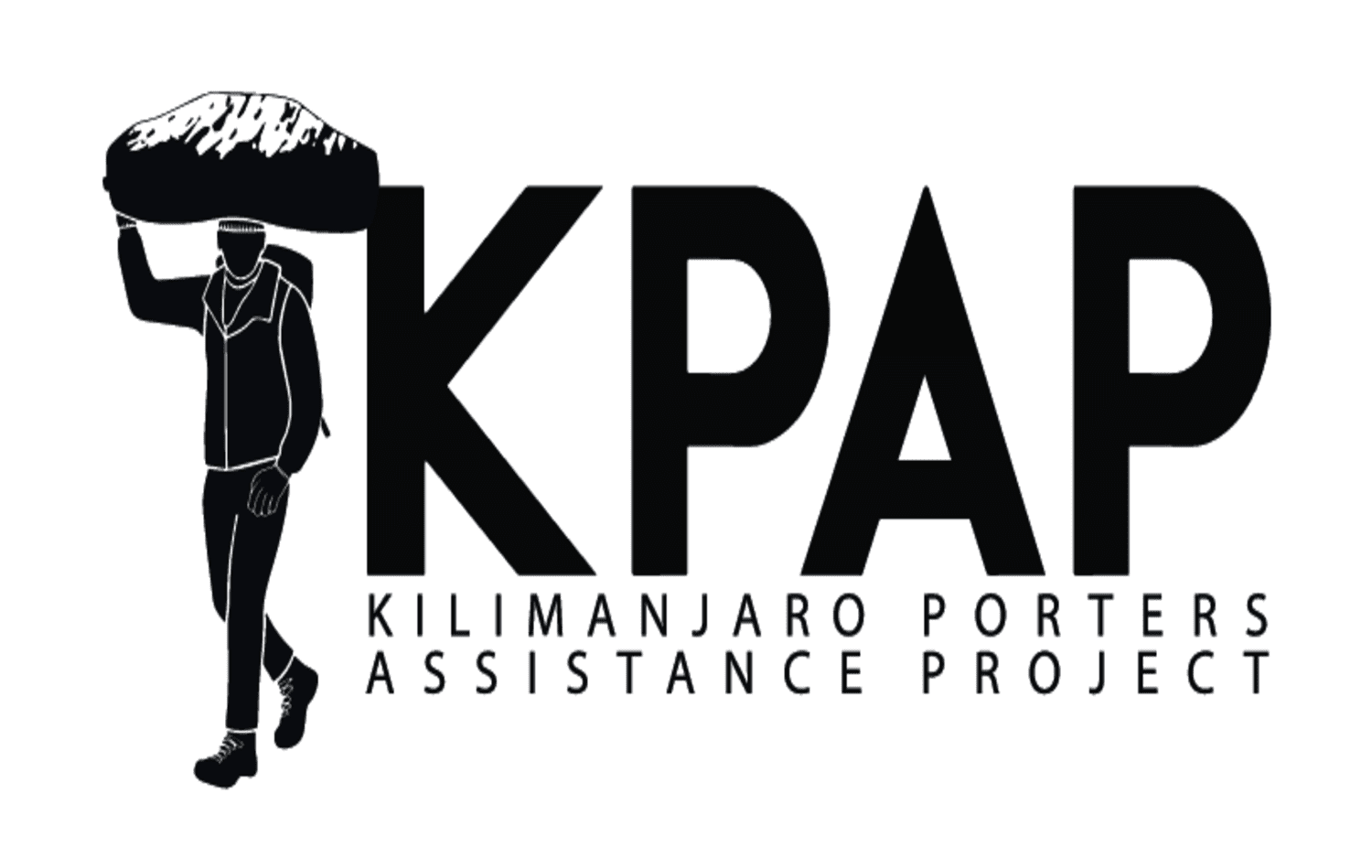Packing the right clothing for an African safari adventure is essential for comfort, protection, and blending in with the environment. The key is to choose lightweight, breathable, and neutral-colored outfits that work well in hot daytime temperatures and cooler mornings or evenings.
Here’s a complete guide on what to wear on an African safari, covering clothing, footwear, accessories, and important tips.
Tops & Shirts
Pants & Shorts
Jackets & Layers
Footwear
Dry Season (June – October)
Wet Season (November – May)
Pack light, as many safari lodges offer laundry services
Bring layers to adjust to changing temperatures
Choose neutral colors to blend in with nature



TERMS AND CONDITIONS | AFRICAN SAFARI | PRIVACY POLICY | REFUND POLICY | FOR TRAVEL AGENCIES | HOTELS IN TANZANIA | OUR BLOG
© 2025 Shiri Adventures